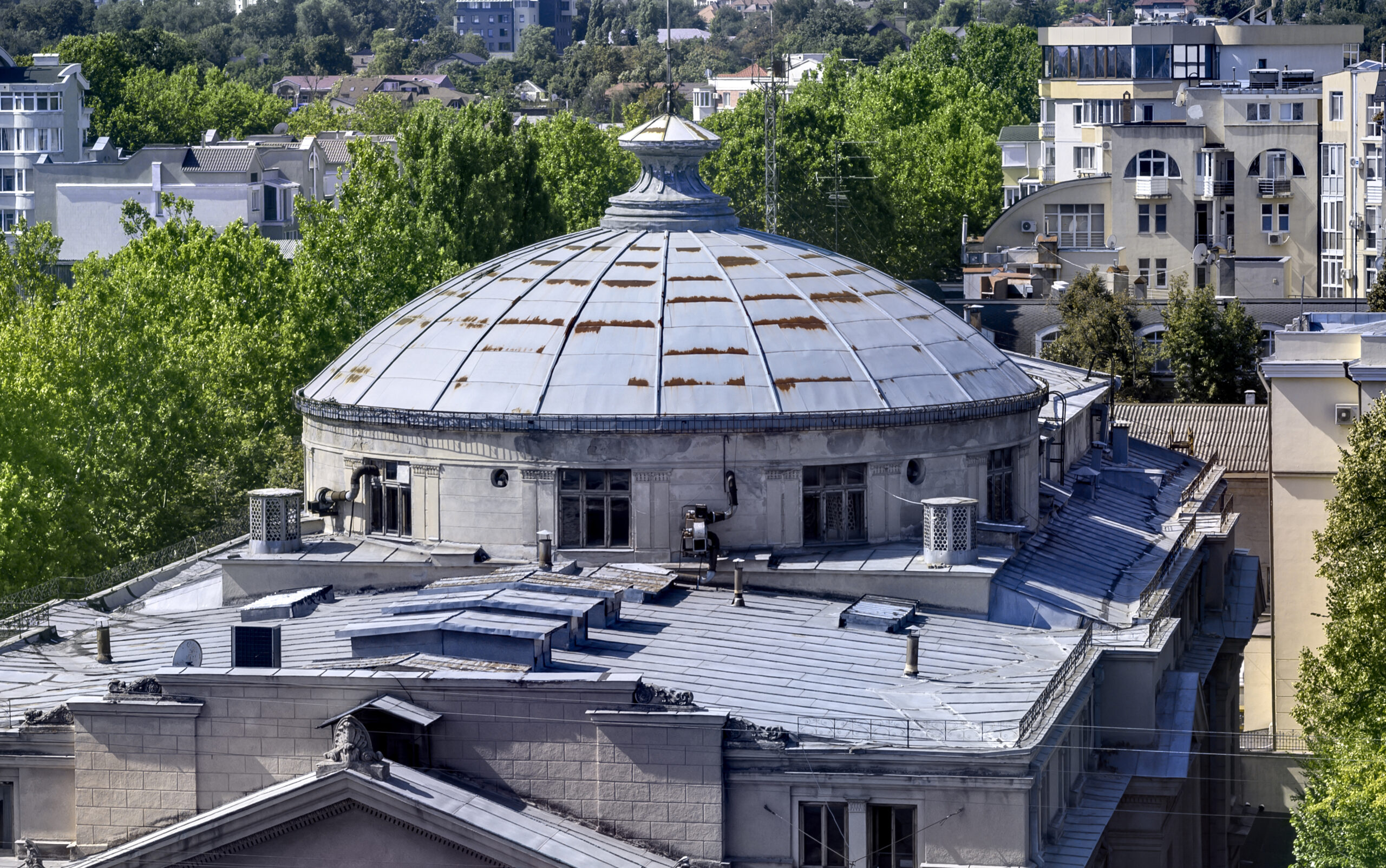Challenges in Retrofitting Older Buildings
Older buildings often lack adequate insulation or use outdated materials that contribute to significant energy loss. Common challenges include:
- Thermal Inefficiency: Poor insulation leads to excessive heat loss in winter and heat gain in summer, resulting in increased energy consumption for heating and cooling.
- Building Envelope Issues: Aging building envelopes may have gaps, leaks, or thermal bridges that compromise indoor comfort and energy efficiency.
- Historic Preservation Concerns: Retrofitting older buildings must consider preservation requirements, architectural integrity, and compliance with historical regulations.
Benefits of Insulation in Energy-Efficient Retrofits
- 1. Improved Thermal Performance: Installing insulation reduces heat transfer through walls, floors, and roofs, maintaining consistent indoor temperatures and reducing reliance on mechanical heating and cooling systems.
- 2. Energy Savings: By minimizing heat loss and controlling thermal comfort, insulation lowers energy bills and operational costs over the building’s lifecycle.
- 3. Enhanced Comfort: Insulation minimizes drafts, cold spots, and temperature fluctuations, creating a more comfortable indoor environment for occupants.
- 4. Environmental Sustainability: Energy-efficient retrofits decrease greenhouse gas emissions associated with building operations, contributing to environmental sustainability and meeting regulatory requirements.
Key Insulation Strategies for Retrofitting Older Buildings
- 1. Assessment and Planning:
- Conduct a comprehensive energy audit to identify areas with poor insulation and prioritize retrofit opportunities.
- Evaluate existing insulation materials, building envelope condition, and potential for thermal upgrades.
- 2. Selecting Appropriate Insulation Materials:
- Choose insulation materials that balance thermal performance, durability, and compatibility with the building’s structure and architectural features.
- Consider options such as spray foam, blown-in cellulose or fibreglass, rigid foam boards, or natural fibres based on specific retrofit needs.
- 3. Addressing Air Leakage and Moisture Control:
- Implement air sealing measures to minimise infiltration and exfiltration of air through cracks, gaps, and penetrations in the building envelope.
- Incorporate vapor barriers and moisture management strategies to prevent condensation and moisture-related damage.
- 4. Integration with Other Energy-Efficient Measures:
- Combine insulation upgrades with energy-efficient windows and doors, HVAC system improvements, and lighting upgrades for comprehensive energy savings.
- Incorporate renewable energy technologies such as solar panels or geothermal systems to further enhance building sustainability.
Case Studies and Real-World Examples
- Historic Building Renovations: Retrofitting historic buildings with advanced insulation techniques while preserving architectural integrity and meeting preservation standards.
- Multi-Family Housing Retrofits: Enhancing energy efficiency in older apartment buildings through insulation upgrades, benefiting both tenants and property owners with reduced energy costs.
- Commercial Building Retrofits: Retrofitting older commercial properties to meet modern energy codes and achieve LEED or ENERGY STAR certifications through comprehensive insulation and energy efficiency measures.
Conclusion
Insulation is a cornerstone of energy-efficient retrofits in older buildings, offering substantial benefits in energy savings, improved comfort, and environmental sustainability. By strategically implementing insulation upgrades and integrating complementary energy-efficient measures, building owners and developers can transform aging structures into high-performance, sustainable assets for decades to come.
